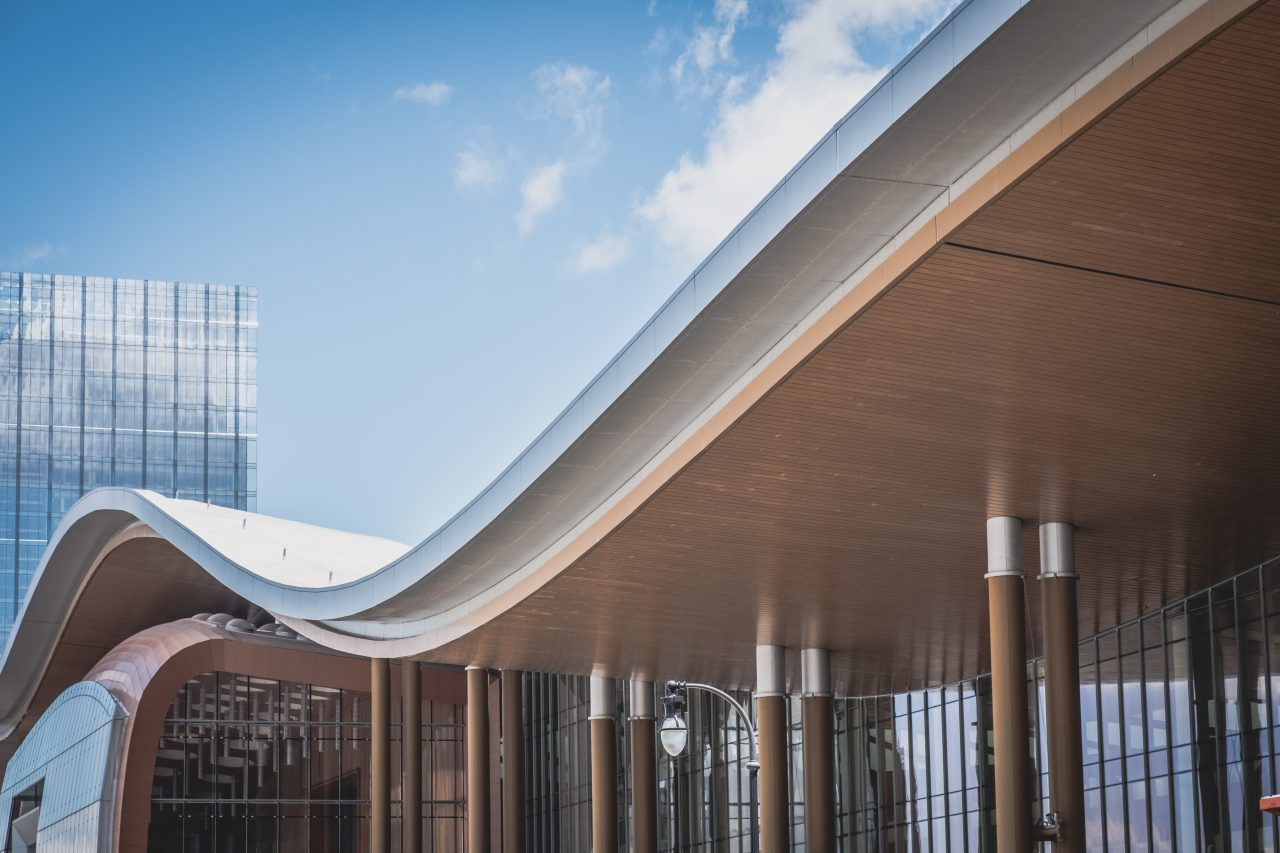For several years CAP has facilitated the Municipal Corporate Energy Managers Community of Practice, where designs and plans have been advanced. Scaling up climate action ensures corporate energy plans align with municipal Climate Emergency Declarations. Through our Community of Practice, we have witnessed municipalities shifting from incremental energy efficiency improvements towards net-zero emissions buildings.
One of the first such ventures in Canada was Middlesex Centre’s net zero Fire Hall in Coldstream. They used building orientation (southerly exposure), building envelope improvements, geo-exchange and PV panels to achieve a net-zero energy target.

The City of Toronto used a recoverable debt financing model to support energy efficiency retrofits in their municipal and community buildings, and undertook their first net-zero emission building project, the Mount Dennis childcare facility. This building brought in Passive House design principles, geo-exchange heating, PV panels, and thermal bridging to achieve net-zero. The City of Toronto is now advancing a net-zero Paramedic Station and a Community and Child Care Centre.
The City of Barrie undertook their first net-zero emission building project in their Transit Hub rebuild. Their upgrades included improvements to the building envelope, and installation of an air source heat pump, in-floor heating and energy recovery ventilator.
The City of Markham also advanced net-zero emission builds by retrofitting four Fire Halls using a variety of approaches depending on the building types and locations. Measures to achieve their target also included building envelope improvements, and installation of geo-exchange and solar PV systems.
In all these examples, a leading practice integral to advancing the net-zero emission goal was including all stakeholders in the design team from the outset, including architects, engineers, operational and programming staff. This enabled the building designs to consider the design and operational parameters holistically. Practicing integrated design from the beginning and throughout the design process was found to be critical in achieving the net-zero emission goal, and identifying potential risks and mitigation strategies, as well as reducing costs.
While municipal greenhouse gas (GHG) emissions often account for less than 5% of a community’s emissions, municipal climate leadership is crucial to influencing and supporting residents and businesses to undertake building retrofits and advance GHG reduction targets. Buildings often account for 40 – 50% of a community’s emissions, so addressing emissions from our building stock is a climate imperative. It has been rewarding for Clean Air Partnership to facilitate information sharing for municipal corporate energy managers. We need to collaborate and learn from each other’s experiences. If your municipality is advancing net-zero emission buildings, or if you would like to share lessons learned with municipal colleagues, please reach out to Gaby at gkalapos@cleanairpartnership.org.
By Gaby Kalapos, Executive Director, Clean Air Partnership